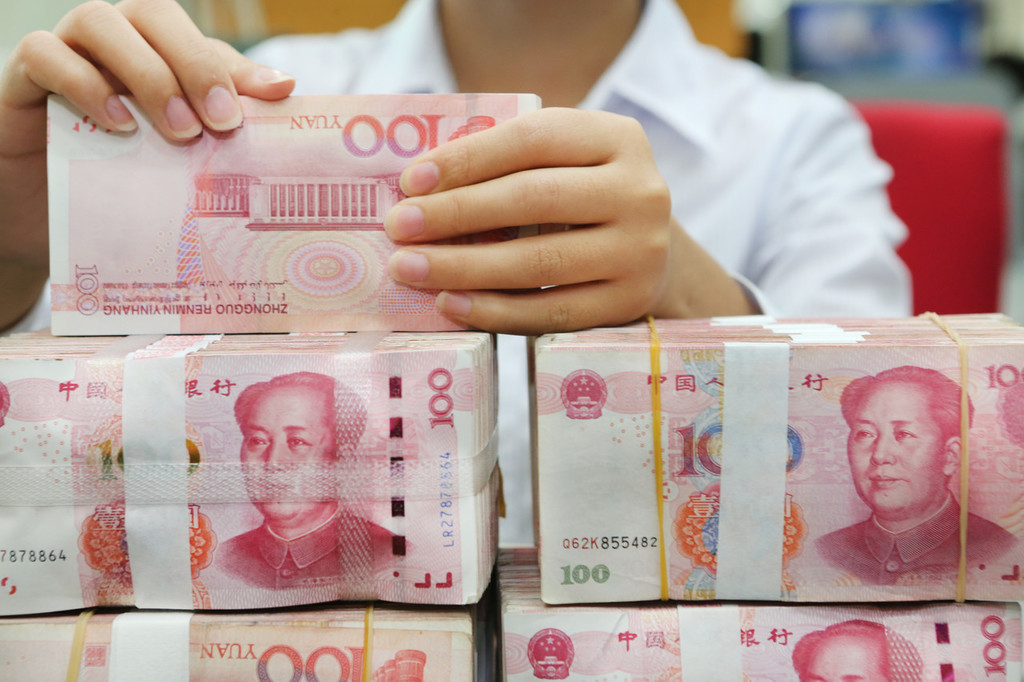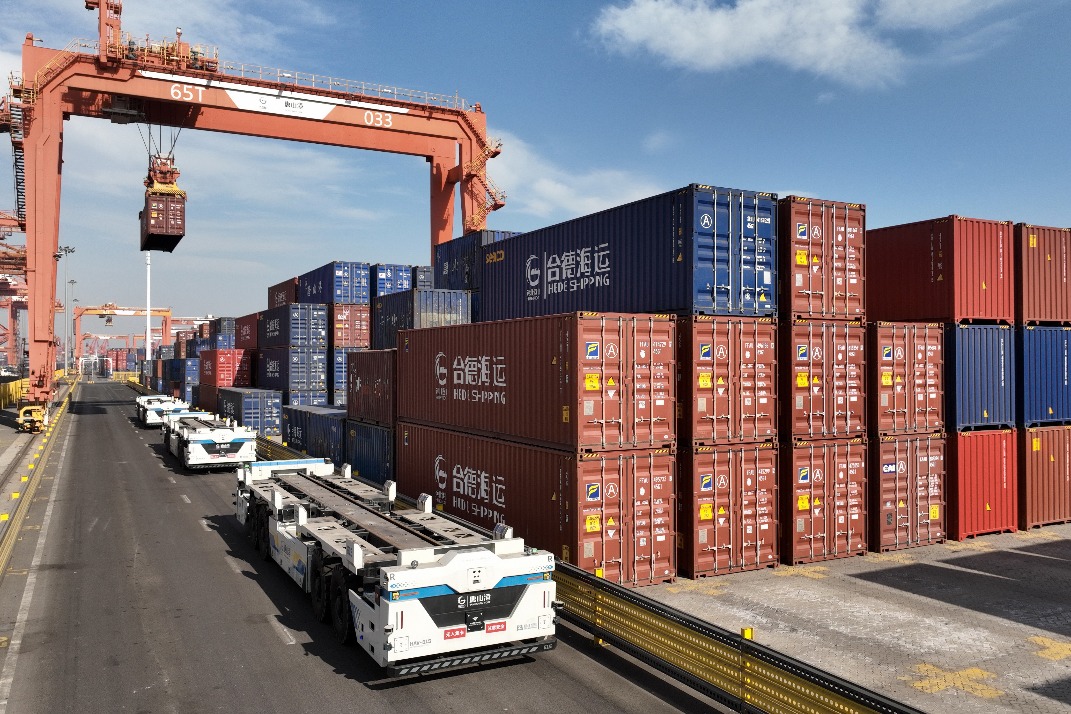Tariffs may encourage more yuan use


By disrupting global trade and triggering recession risks, the United States' new tariff push may have an unintended result of giving rise to alternative international currencies, including the Chinese renminbi, also known as the yuan, experts said.
"To supply global dollar liquidity, the US must run trade deficits," said Guan Tao, global chief economist at investment bank BOCI China.
"As Washington seeks to reduce deficits through 'reciprocal tariffs', global dollar liquidity will tighten, weakening the dollar's international standing," said Guan.
Guan said that confidence in the greenback has been eroding as the latest additional tariffs — expected to take effect on Wednesday and include a 10 percent "minimum baseline tariff" and higher rates on certain trading partners — damage the international economic governance order.
"Last year, both gold and the dollar rose, but this year, gold continued to climb while the dollar weakened. That suggests some US allies may now be voting with their feet."
The US dollar index, which gauges the greenback's value relative to a basket of currencies, was trading at 103.12 as of Tuesday afternoon, down 4.94 percent since the beginning of the year, according to market tracker Wind Info.
"The international reserve status of the US dollar may be undermined by the US administration's retrogressive actions," said Zhang Ming, deputy director of the Institute of Finance and Banking, which is part of the Chinese Academy of Social Sciences.
In this context, China can intensify efforts to promote the internationalization of the renminbi on three fronts, Zhang said, including increasing the proportion of the yuan as a global commodity pricing and settlement currency, and stepping up efforts to provide high-quality yuan-denominated assets, such as Chinese government bonds, to foreign investors.
Zhang highlighted the importance of accelerating the development of the Cross-border Interbank Payment System, which specializes in renminbi cross-border payments and clearing, and the Project mBridge, a cross-border platform for experimenting with central bank digital currencies — including the digital yuan — for international trade.
In the near term, dollar volatility remains high, Guan added. So far, financial markets have been pricing in recession fears as anticipation of a US economic slowdown and potential rate cuts by the US Federal Reserve weakened the dollar. The greenback could, however, bounce back if markets shift focus to US inflationary pressure and expect less rate cuts by the Fed.
"The US move to broadly raise tariffs is expected to push US inflation higher in the short term. Over the longer run, as the US tariff policy may trigger a global trade war, global economic growth could slow down. US inflation may then retreat sharply following a temporary rebound, with economic growth slowing further. In that scenario, we cannot rule out a repeat of the 1930s Great Depression," Guan said.
He drew parallels to the 1930 Smoot-Hawley Tariff Act, which drastically raised tariffs in the US. The legislation triggered retaliatory tariffs from major US trading partners, causing global trade to collapse and exacerbating the Great Depression.
On the renminbi, Guan said the yuan has remained generally steady against the dollar, despite weakening following the new tariff announcement.
"Future yuan performance will hinge on China's macroeconomic policy responses and its central bank's foreign exchange policy. So far, markets view the central bank as sending a strong signal of maintaining yuan stability."
zhoulanxv@chinadaily.com.cn




































